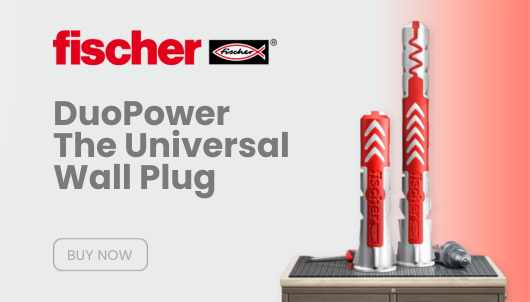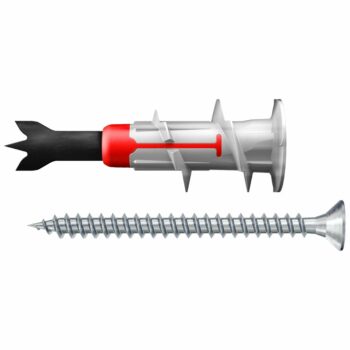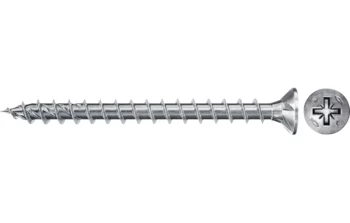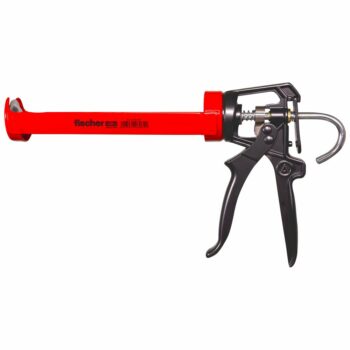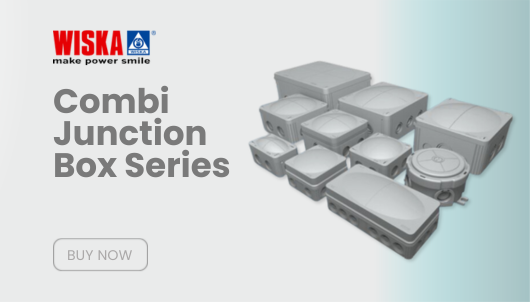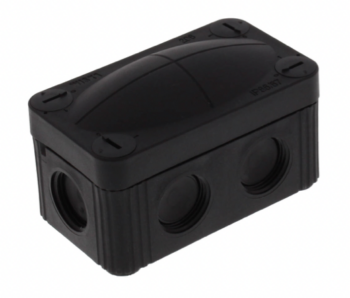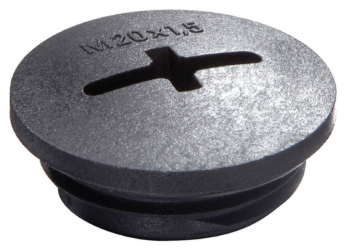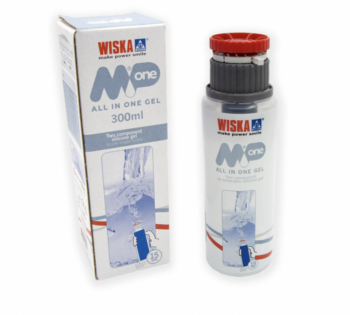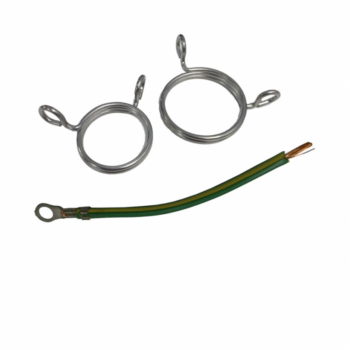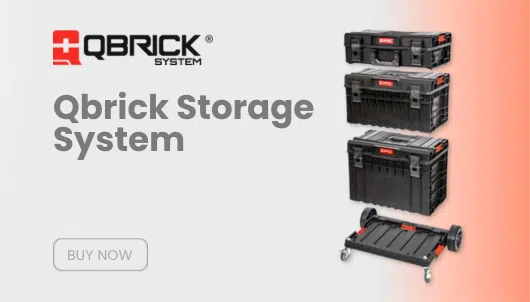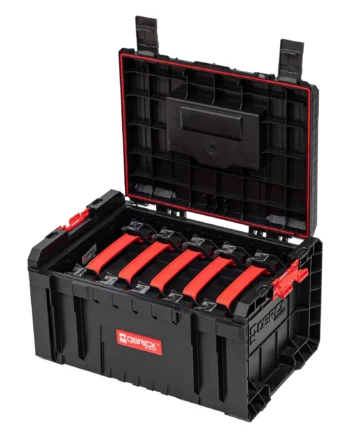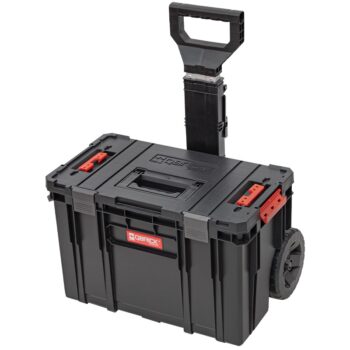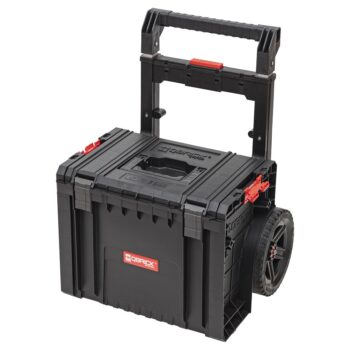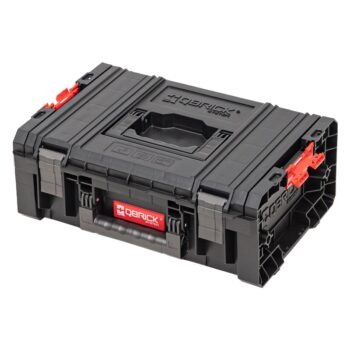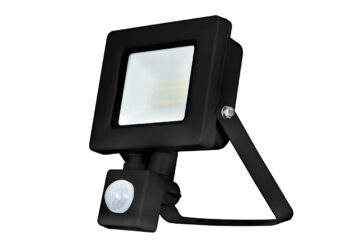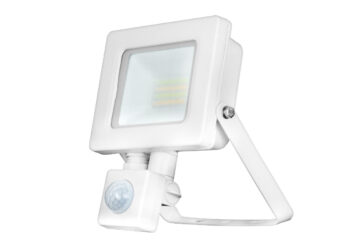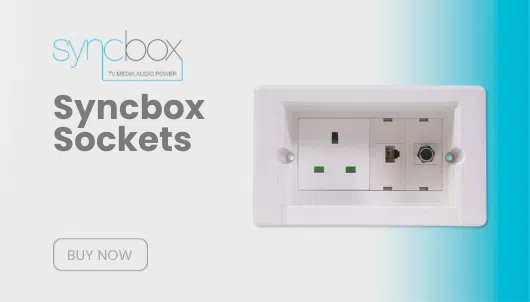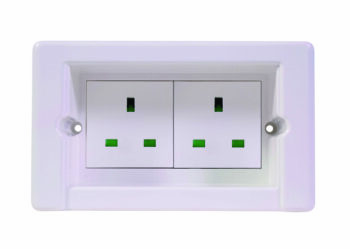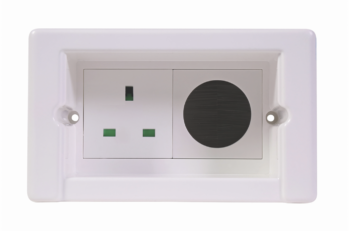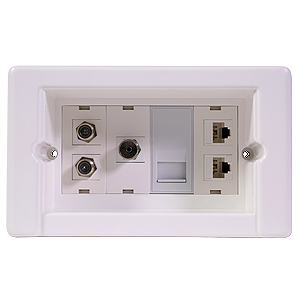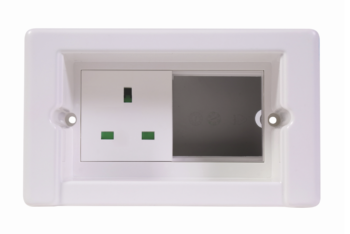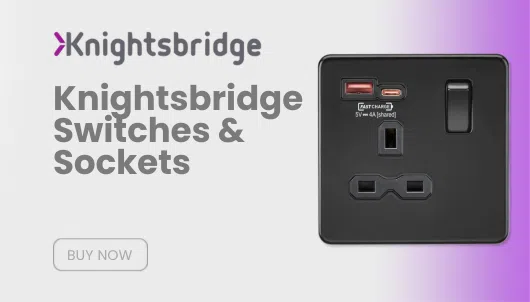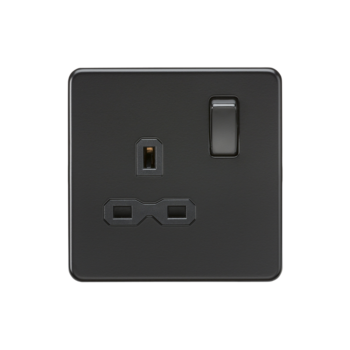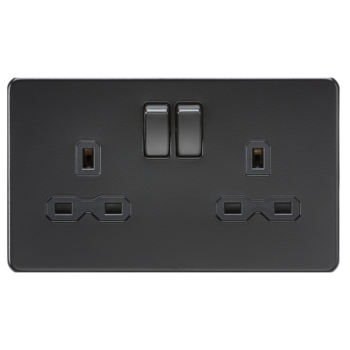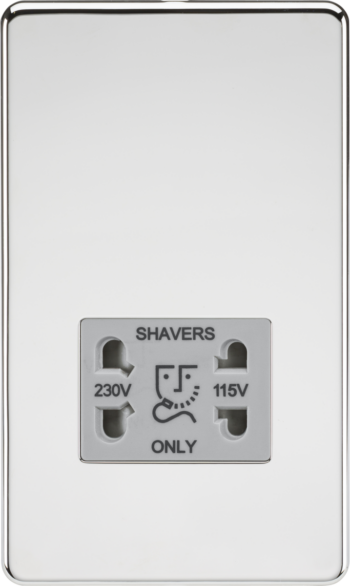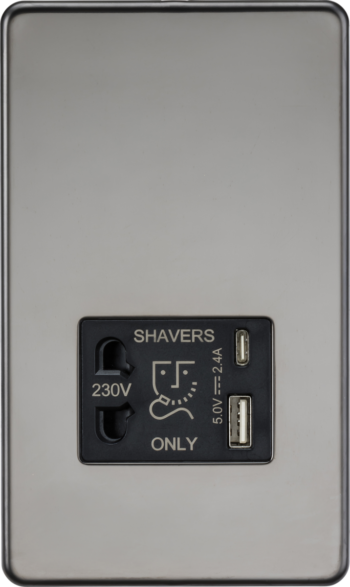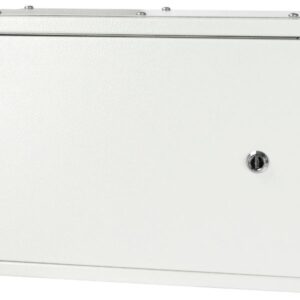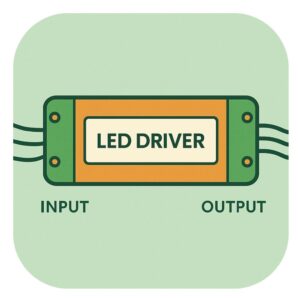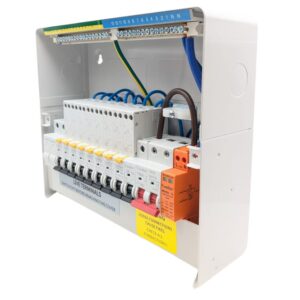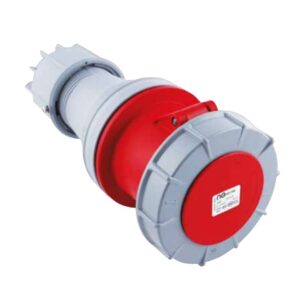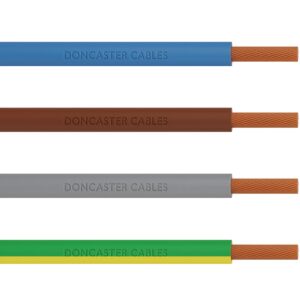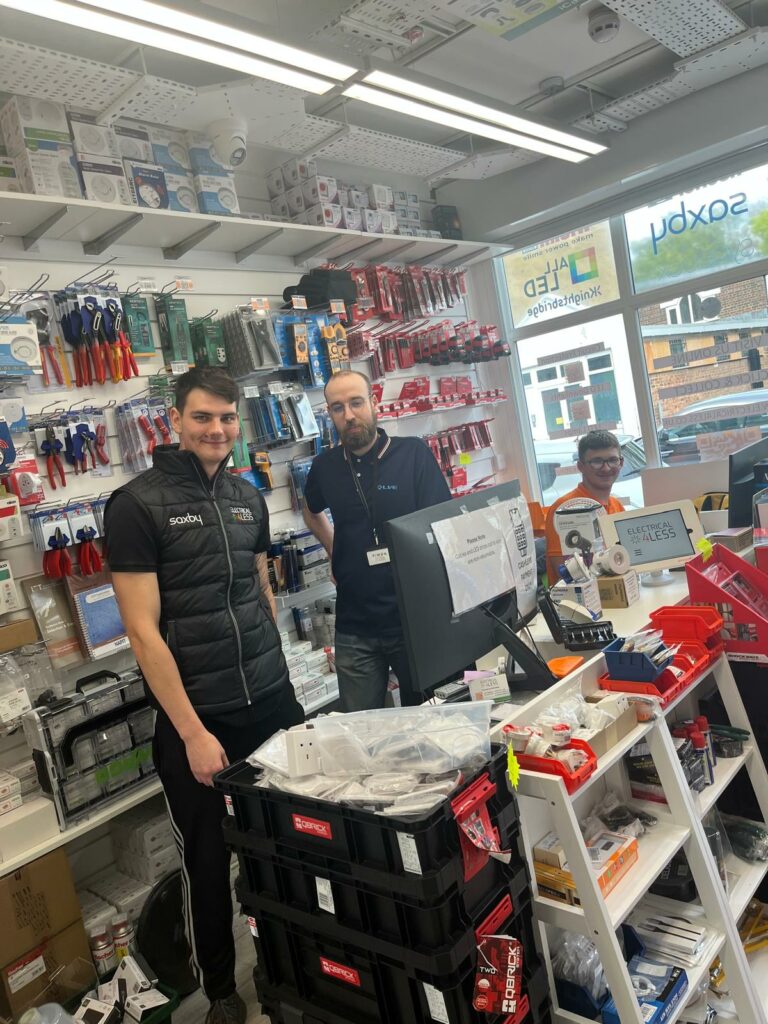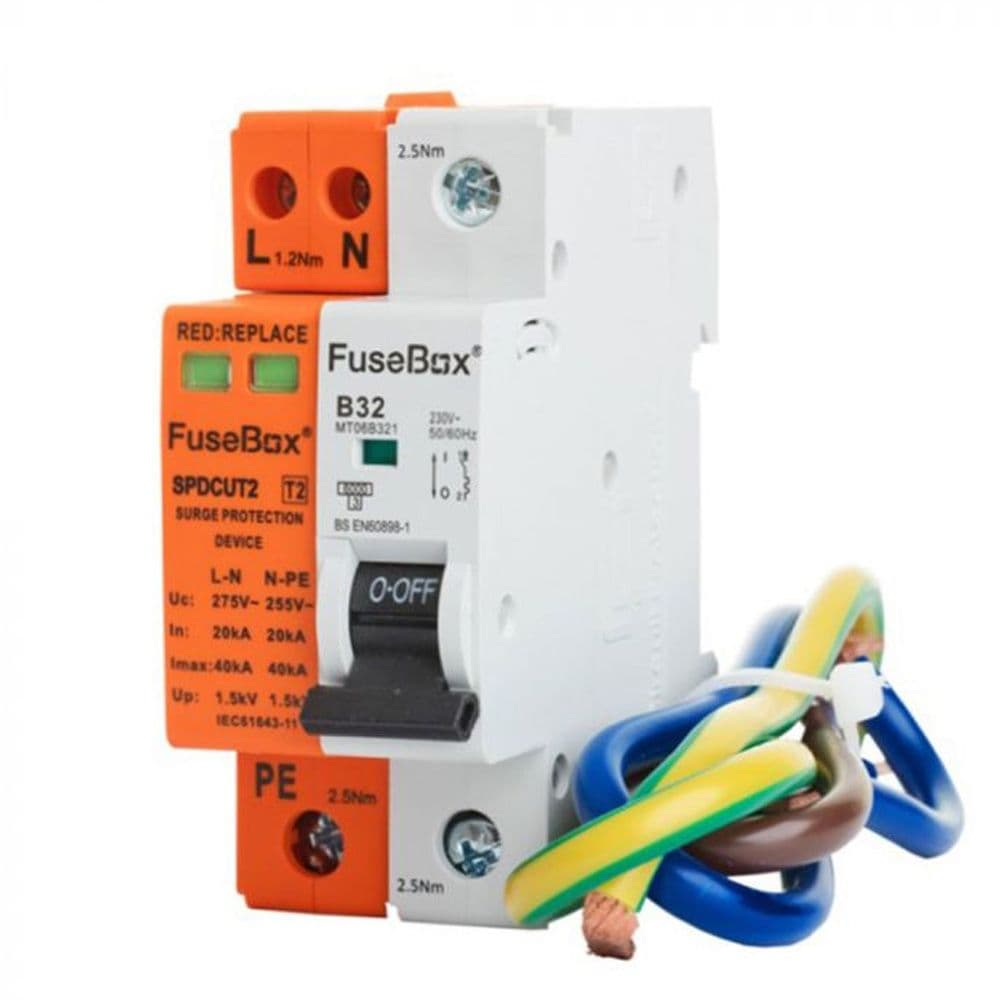
How to Choose the Best Surge Protection Device
In today’s world, where our homes and workplaces are packed with sensitive electronic equipment, protecting these devices from electrical surges is crucial. A Surge Protection Device (SPD) is designed to do exactly that—safeguard your electronics and electrical systems from damaging voltage spikes caused by lightning strikes, power outages, or even internal electrical faults.
Whether you are upgrading your consumer unit, setting up an office, or simply looking to protect your home electronics, investing in the right Surge Protection Device is essential. In this comprehensive SPD Buying Guide, we’ll walk you through everything you need to know to make an informed decision, from understanding what an Surge Protection Device is and how it works to choosing the best device for your needs.
Table of contents
- How to Choose the Best Surge Protection Device
- 1. What is an SPD (Surge Protection Device)?
- 2. Why Do You Need an SPD?
- 3. How Does an SPD Work?
- 4. The Different Types of SPDs
- 5. Where to Install SPDs
- 6. Key Features to Look for When Buying an SPD
- 7. SPD Classifications and What They Mean
- 8. Common Manufacturers of SPDs: Fusebox, Hager, and Live
- 9. Nuisance Tripping: What It Is and How to Prevent It
- 10. Future-Proofing Your Electrical System with SPDs
- 11. Predicting the Future of SPDs: What Will They Look Like in 100 Years?
- 12. Conclusion
- Surge Protection Device FAQ
1. What is an SPD (Surge Protection Device)?
A Surge Protection Device (SPD) is an electrical device that protects sensitive electronics and systems from sudden spikes in voltage, commonly known as surges. These surges can originate from external factors like lightning strikes or from internal causes like the cycling on and off of large appliances. Without an Surge Protection Device, these voltage spikes can severely damage or destroy electronics and electrical systems.
2. Why Do You Need an SPD?
Picture this: a lightning storm rolls in, and suddenly, there’s a sharp spike in voltage that races through your home’s electrical wiring. In a fraction of a second, your expensive TV, computer, and other electronics could be fried. This is where an SPD comes in—it acts as a guardian, diverting excessive electrical energy safely to the ground, keeping your devices safe and sound.
In a world where we rely more than ever on sensitive electronics—ranging from smartphones to kitchen appliances—Surge Protection Devices have become an essential part of modern electrical safety.
3. How Does an SPD Work?
Think of an Surge Protection Device like a pressure relief valve. When a surge occurs, it senses the excess voltage and channels it safely away from your devices, usually into the grounding system of your electrical installation. Once the surge has passed, the SPD resets and is ready to protect against the next surge.
Here’s a quick breakdown of the process:
- Detection: The Surge Protection Device continuously monitors the electrical current for signs of a surge.
- Diversion: When a surge is detected, the Surge Protection Device redirects the excess voltage away from your sensitive equipment and into the ground.
- Protection: By preventing the surge from reaching your devices, the Surge Protection Device stops damage in its tracks.
4. The Different Types of SPDs
When buying an SPD, it’s essential to know the different types available, as each one serves a different purpose. The three main categories are:
Type 1 SPD:
Designed to be installed at the main service entrance, Type 1 SPDs provide protection from large external surges, such as lightning strikes. They are typically found in industrial or commercial applications, but they can also be used in homes that are prone to lightning activity.
Type 2 SPD:
These are installed within the distribution board (consumer unit) and provide protection against internal surges caused by equipment switching. Type 2 SPDs are the most common for residential use and are ideal for protecting home appliances and electronics.
Type 3 Surge Protection Device:
Used for point-of-use protection, Type 3 SPDs are typically installed directly at the socket or close to the device they are protecting (like a surge-protected power strip). These provide localized protection for individual devices and are often used in combination with Type 1 or Type 2 SPDs for maximum protection.
5. Where to Install SPDs
You might wonder, “Where should I install my SPD for the best protection?” The answer depends on the type of Surge Protection Device and the specific risk factors in your home or workplace.
- Type 1 Surge Protection Devices should be installed at the main service entrance, ideally by a licensed electrician. This is the first line of defense for external surges, such as those caused by lightning.
- Type 2 Surge Protection Devices should be installed at the distribution board (consumer unit), providing whole-home protection.
- Type 3 Surge Protection Devices should be used to protect individual, high-value devices like computers, televisions, and gaming consoles.
By installing a combination of Type 1, 2, and 3 SPDs, you create a layered defense that ensures all your devices and appliances are well-protected from electrical surges.
6. Key Features to Look for When Buying an SPD
Not all SPDs are created equal. Here are the most important factors to consider when purchasing an Surge Protection Device:
1. Voltage Protection Rating (VPR):
This rating indicates how much voltage the Surge Protection Device will allow through before it clamps the excess energy. The lower the VPR, the better the protection.
2. Maximum Discharge Current (Imax):
This tells you the maximum surge current the device can handle in a single event. A higher Imax rating means the Surge Protection Device can handle stronger surges, offering better protection.
3. Response Time:
The faster the Surge Protection Device can react to a surge, the better it can protect your electronics. Look for devices with a low response time, ideally in the nanosecond range.
4. Thermal Protection:
Some SPDs come with thermal protection features, which help prevent overheating and ensure the device shuts down safely in extreme conditions.
5. Remote Monitoring:
Some modern Surge Protection Devices offer the ability to monitor performance and status remotely, alerting you when a device has experienced a surge and may need to be replaced.
7. SPD Classifications and What They Mean
SPDs are often classified according to their intended use and the level of protection they provide. Understanding these classifications will help you make the best choice for your home or business:
Class I:
Designed for direct lightning strikes, these are installed at the main service entrance and protect against massive surges.
Class II:
These protect against switching surges and are commonly installed in consumer units.
Class III:
Used for protecting individual pieces of equipment, these Surge Protection Devices are often found in the form of plug-in devices or power strips.
8. Common Manufacturers of SPDs: Fusebox, Hager, and Live
When shopping for an SPD, it’s important to buy from reputable manufacturers that you can trust. Here are three well-known brands that provide high-quality SPDs:
Fusebox:
Known for their reliable consumer units and electrical components, Fusebox also produces high-quality SPDs that are designed to work seamlessly with their other electrical products.

Hager:
A trusted name in the electrical industry, Hager offers a wide range of Surge Protection Devices that provide robust protection against electrical surges.

Live Electrical:
Live Electrical is another trusted brand in the industry, known for producing durable, effective Surge Protection Device that deliver excellent performance in both residential and commercial settings.
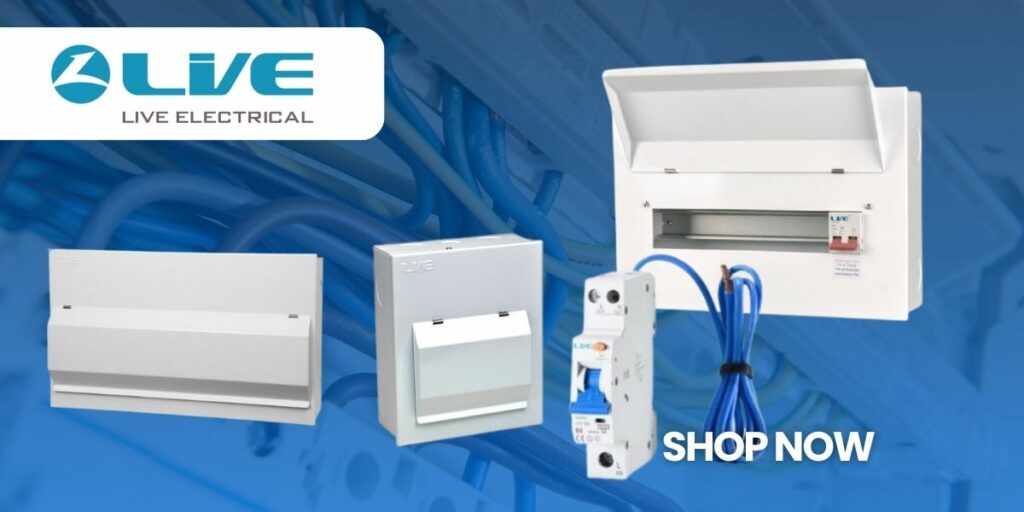
9. Nuisance Tripping: What It Is and How to Prevent It
One concern homeowners may have when installing SPDs is nuisance tripping. Nuisance tripping occurs when a protection device disconnects power even though there is no real danger present. While SPDs are designed to avoid nuisance tripping, incorrect installation or pairing them with incompatible equipment can cause unnecessary trips.
To minimize this, make sure the Surge Protection Device you choose is properly rated for your electrical system and is installed by a qualified electrician.
10. Future-Proofing Your Electrical System with SPDs
As our reliance on electronic devices continues to grow, the demand for robust surge protection will only increase. Installing a well-designed Surge Protection Device now not only protects your current devices but also helps future-proof your home or business against evolving electrical risks. Look for SPDs that offer remote monitoring and are compatible with smart home systems to stay ahead of the curve.
11. Predicting the Future of SPDs: What Will They Look Like in 100 Years?
Fast-forward 100 years into the future, and we might see SPDs that do much more than protect against surges. Imagine a world where Surge Protection Devices are integrated into every aspect of the smart grid, automatically adjusting to changes in electricity demand, monitoring the health of electrical circuits, and even diagnosing potential issues before they happen.
Who knows? Perhaps in a century, SPDs will come equipped with artificial intelligence, automatically repairing minor faults and optimizing energy flow to maximize efficiency. The future of SPDs is bright, and as technology continues to evolve, these devices will likely become smarter, faster, and more reliable.
12. Conclusion
Buying the right SPD is essential for protecting your home and electronics from unpredictable voltage surges. With a wide range of options available—from Type 1 surge protectors for whole-home coverage to Type 3 devices for individual equipment—you can find the perfect solution for your needs.
When choosing an Surge Protection Device, make sure to consider factors like voltage protection rating, response time, and maximum discharge current. And remember, trusted brands like Fusebox, Hager, and Live Electrical offer reliable solutions that can give you peace of mind for years to come.
See our full range of SPDs here!
Surge Protection Device FAQ
An SPD (Surge Protection Device) is designed to protect electrical systems and devices from voltage surges.
An SPD detects surges in electrical current and diverts the excess voltage safely into the ground, protecting connected devices.
For maximum protection, install Type 1 SPDs at the service entrance, Type 2 SPDs at the distribution board, and Type 3 SPDs at individual devices.
Most SPDs should be inspected annually and replaced every 10-15 years or after a major surge event.
While no device can completely prevent lightning damage, SPDs significantly reduce the risk by diverting excessive voltage caused by lightning.
Type 1 is for whole-home protection from external surges like lightning, Type 2 is for internal surges from equipment, and Type 3 protects individual devices.
SPDs don’t protect against power outages, but they can guard against the voltage spikes that sometimes occur when power is restored.
While plug-in Type 3 SPDs can be installed by homeowners, Type 1 and Type 2 SPDs should be installed by a qualified electrician.
The cost of an SPD varies depending on the type and brand, ranging from £30 to £300 for industrial-strength devices.
Yes, even new homes with modern electrical systems can benefit from SPDs to protect against surges from internal and external sources.
Surges can be caused by lightning strikes, power outages, the cycling of large appliances, or faulty wiring.
For comprehensive protection, install a Type 1 SPD at your service entrance, a Type 2 SPD in your consumer unit, and Type 3 SPDs at key electronics.
While SPDs are designed to protect against surges, they also contribute to preventing electrical fires caused by surge-related overheating.
Yes, if you have solar panels, installing SPDs is essential to protect your home’s electrical system from surges generated by the solar array.
Yes, SPDs are widely used in commercial settings to protect sensitive equipment like servers, data centers, and industrial machinery.
VPR (Voltage Protection Rating) refers to the amount of voltage the SPD will allow through before clamping the surge.
Imax indicates the maximum discharge current an SPD can handle during a surge event.
Yes, many modern consumer units feature both SPDs and RCDs (Residual Current Devices) to offer comprehensive electrical protection.
While SPDs are designed to protect against voltage surges, they are not intended to guard against low-voltage fluctuations.
Surge protector power strips (Type 3) can protect individual devices, but they should be used in combination with Type 1 and Type 2 SPDs for complete home protection.




